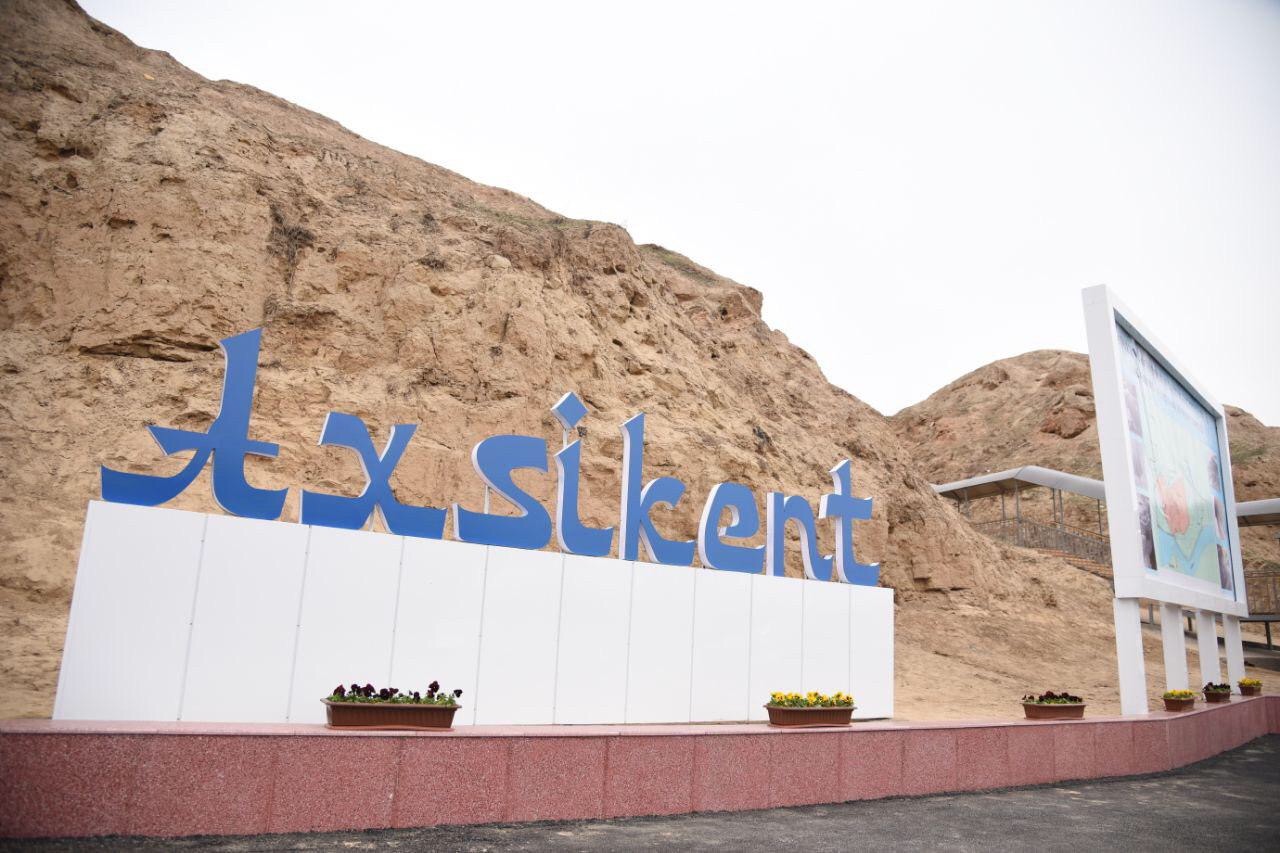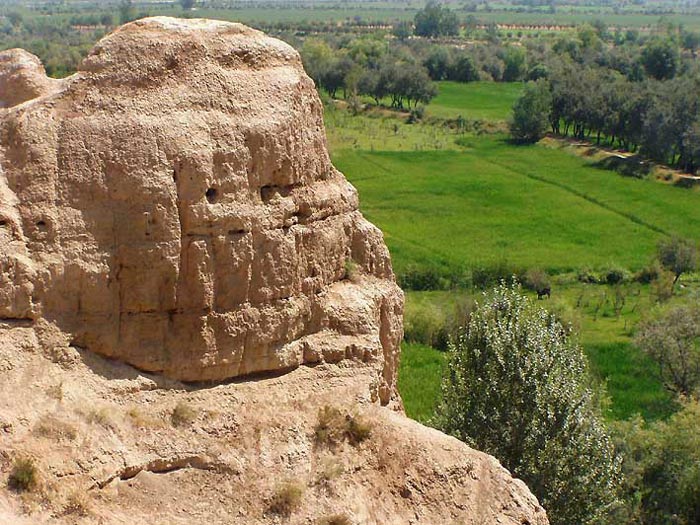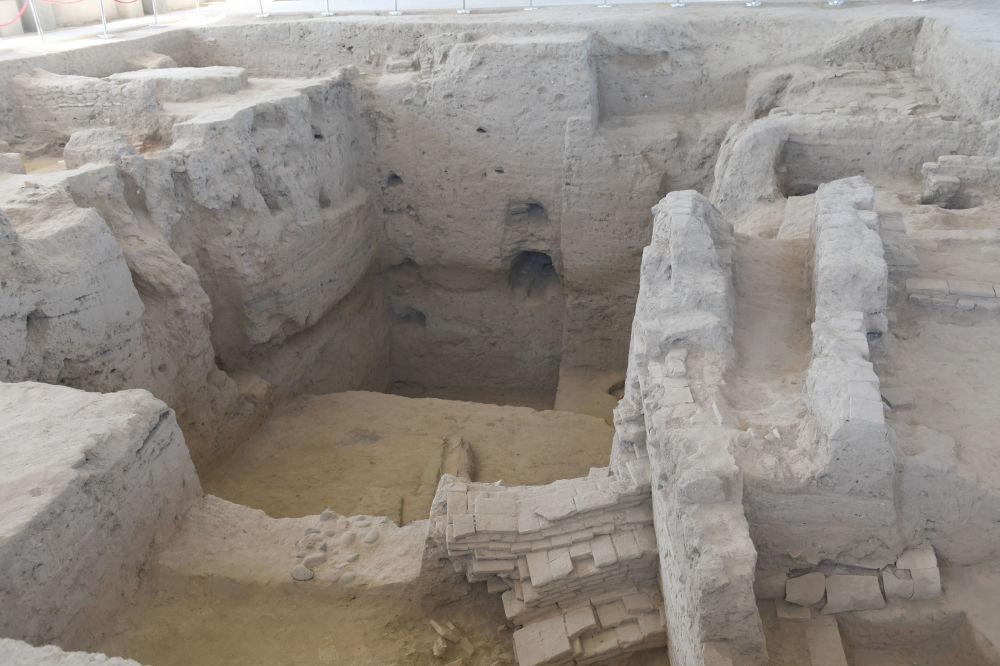The cities located on the Great Silk Road very quickly became the focus of trade and culture. Some of the small villages turned into large administrative and economic centers. This was the city of Akhsikent – the capital of the ancient Ferghana Valley. 
For the first time the name of the city is mentioned in Arabic literature, by such writers as Muqaddasi, Istakhri and Ibn Khurdadbeh. Their description of the ancient city greatly helped to conduct archaeological excavations in the study of the settlement. The city itself was located on the right bank of the Syr Darya River, now this territory of the Namangan region.
During the excavations, it was found out that Akhsikent was formed around the II century BC and was one of the largest cities of Ancient Fergana – the state of Davan. It is known that in 103 Ahsikent tried to conquer the Chinese army in the number of 60 thousand people. They kept the city under siege for forty days, leaving residents without access to water and food supplies.
The area of Akhsikent was about 30 hectares and the city consisted of a citadel, the main urban part (shahristan), an area with handicraft centers (rabada). It was a well-developed and fortified city. It was separated by a large wall from the citadel, and a deep moat ran around the outer wall. Trade and handicraft flourished in Akhsikent, handicraft production was carried out. In addition, there was a famous crucible steel manufacturing center in the city.
Akhsikent had its own dynasty and it was in power until the VI century AD. Then the conquest by the Arabs took place, but even after the arrival of the Arabs, the city continued to be the largest trade and handicraft center.

Ahsikent reached its dawn in the X-XII centuries. There were a Friday mosque – Juma and a festive mosque – Namazgoh, the emir's palace, a prison, a large city rabad surrounded by a defensive wall. Water supply was established in the city, houses were located, gates were decorated with flower beds and gardens. There were seasonal bazaars and gardens outside the outer walls of the city, and pastures and meadows on the other side of the Syr Darya.
It is also worth noting that the archaeological excavations carried out allowed us to conclude that the ruins of the settlement belong to three main cultures: ancient, pre-Mongol and Timurid. Despite the destruction of the city by the Mongols in the XIII century, Akhsikent continued to be a leading artisan center for the production of glazed and unglazed ceramics. Bowls with original paintings of greenish-turquoise shades were found on the territory of the settlement. Various dishes, vessels decorated with compositions, fragments with images of people were also found. Terracotta hearths were excavated in Shahristan. All the finds are of great interest for the study of medieval Northern Ferghana.

In the XV century, Umar-Sheikh Mirza (Babur's father) chose Ahsikent as his main residence. But in 1620 there was a strong earthquake and the city was completely destroyed. The surviving population moved to neighboring Namangan. So there was a sunset of one of the most magnificent and rich cities of Central Asia.
Comment